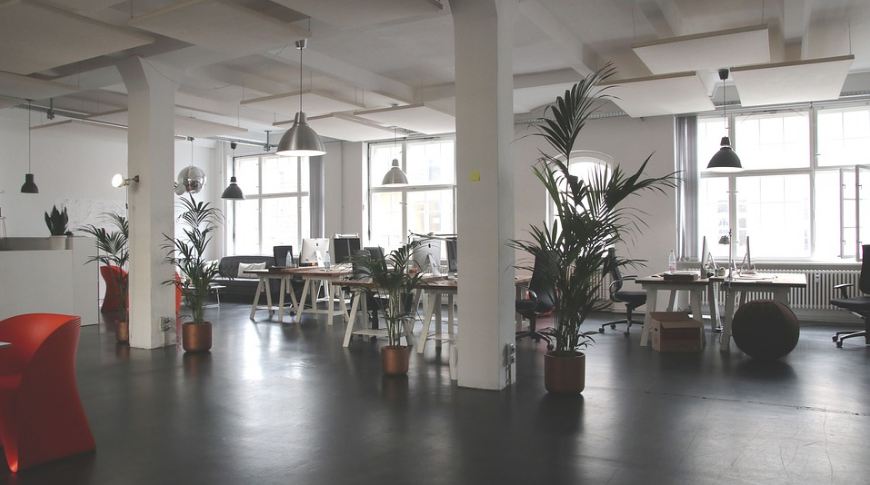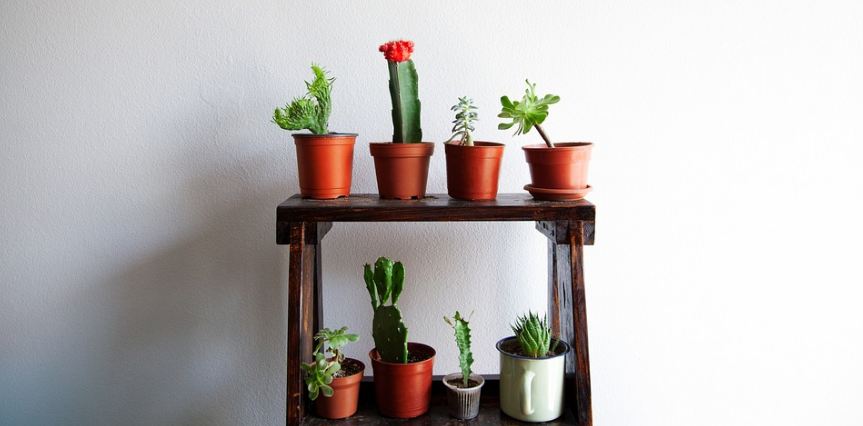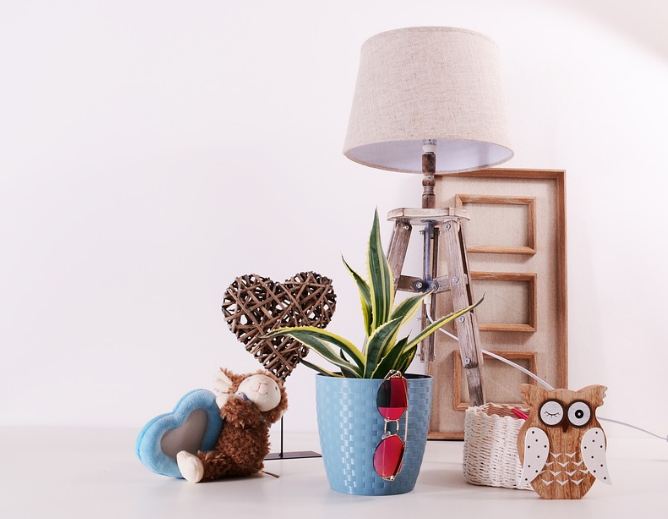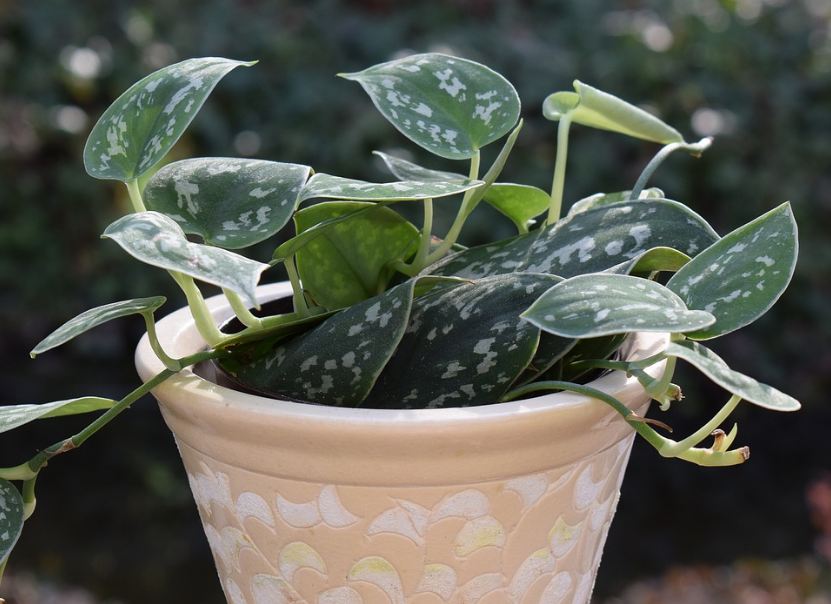One of the ways to add life to your boring room or office ambience is by bringing in some indoor plants, either herbs or ornamental flowers.
Indoor plants can enhance the mood and set a calming atmosphere inside the house. Bringing nature into your home or workspace doesn’t just add to aesthetic appeal but also gives mental relaxation and that feeling of calmness. There are also indoor plants that can purify and gives aromatic air like lavender, rubber plant, dracaena, and the spider plant.
There are endless ideas when it comes to decorating your room with plants, be it a tall leafy dwarf tree in the living room or a display of low light plants and cacti for your office. However, it can be overwhelming and challenging for beginners to decide what greenery to bring in and how to arrange them to suit the desired style. Maximizing the space is another concern. So, we have a list of the basics for decorating your home with indoor plants.
CHECK THE SPACE AVAILABLE INDOOR
You cannot merely bring in the whole jungle inside your condo unit or your house with minimal space. Indoor plants are just there to add beauty and not consume a considerable portion of your home or space wherein you can no longer move comfortably. Check which part of your place can be best complemented with some potted greenery. Ensure that plants do not block your way or in any way distract you when you are working. If you know how much space is available, you can decide on the type of plants and the amount you can bring in.
CHOOSE INDOOR PLANT VARIETIES
Once you have identified which spaces are available for decorating, you can also check if how much light that area receives. Sunlight is also an essential element whether you will bring in potted or hung plants from the ceiling.
Indoor plants come in various types. There are garland and hanging greenery, florals best placed on center tables, some bonsai in the kitchen, and leafy plants on the floor or corners.
Here are some suggestions on where to place a particular plant type.
- Hanging or Garland Indoor Plants: In the windows or somewhere with an elevation or provide a platform where you can place the potted hanging plants wherein they can display their runners without blocking your way or your sight. A planter made of a woven basket is perfect for a tall leafy tree. Meanwhile, brass hanging planters are beautiful accessories for adding a touch of glam.
- Taller Indoor Plants: Use a cool planter and group plants together like taller indoor plants in one corner of a room. You can also use plants with varying heights to prop up smaller plants.
This approach is one of the most favorite ways to decorate with indoor plants as it’s the easiest to do. Combine plants, like palm plants, Birds of Paradise, Dragon tree, and cacti, to play up a lush jungle vibe. Also, use complementary plant holders in a range of color palettes and materials to appear more organized.
- Succulents, cacti, and rubber plant: Center tables and Coffee and dining tables with these greenery types add to the visual focus. Put these plants in an attractive vase. They require low maintenance, low-light, and a little watering.
- Philodendrons: A windowsill or a spot in the balcony that receives indirect sunlight as direct sunlight can burn their leaves. (depending on which type)
There are two types of philodendrons-climbing and non-climbing.
Climbing types, like Philodendron hederaceum var. oxycardium, “Brasil” produces rootlets along their stems’ length that help them climb. It features graceful, heart-shaped leaves with colors dark green with yellow variegation in the center. They make popular hanging basket plants too.
Non-climbing types like the Philodendron bipinnatifidum, or the lacy tree philodendron, sprout leaves from a growing tip at the plant’s base. They generally grow large leaves, so put them somewhere with a bigger vacant space at home.
ADD STYLE WITH PATTERNS AND INTERESTING MATERIALS. Containers and pots come in various designs, shapes, sizes, and colors, which give you more options, and you can play around, which will look more appealing and cooler to the eyes. Think that your choice will add to your personal space.
ADD OBJECT DE’ ART. A sculpture, a painting, a photo frame, or framed favorite quotations, together with your indoor plants, create a scene or mood, especially in your work area or study room. You can mix decorative pots and unique-looking planters to create a grouping that will draw visitors’ eyes and make a room more attractive. Ensure that whatever you choose will complement your plant type.




